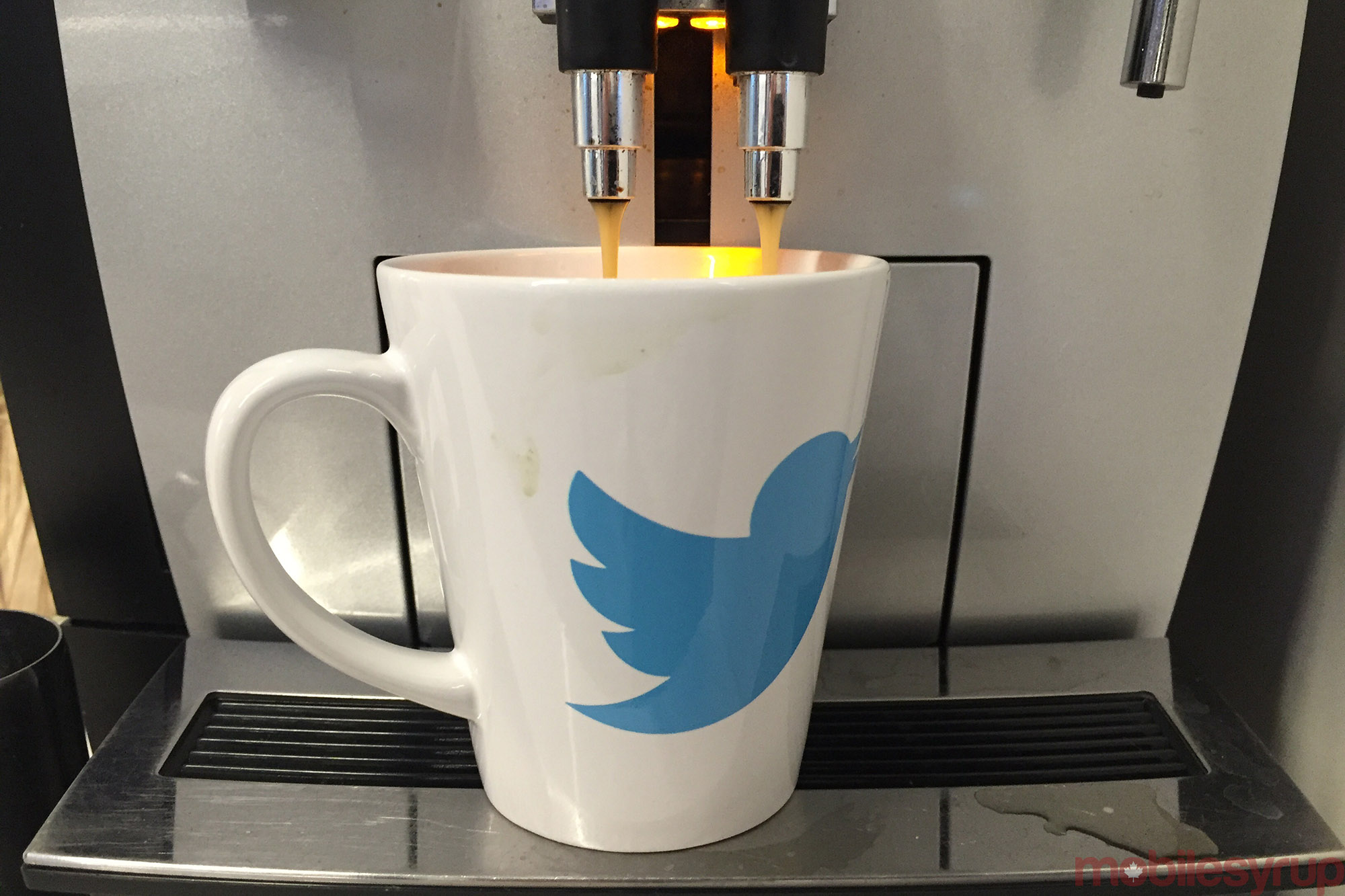
Following the climax of any good story comes a slow decline leading up to a satisfying conclusion. Twitter’s story seems to be stuck indefinitely in a phase of slow decline.
For the past few quarters, Twitter’s financial statements have looked almost identical to one another. The numbers usually fall somewhere around three percent annual user growth, a single-digit percentile bump in annual user engagement. As for the net loss? A constant.
Twitter recently released its third quarterly fiscal results for 2016. Once again, Twitter’s annual revenue reached $615.9 million, its total user count increased from 313 million to 317 million, and its overall daily active usage was up two percent sequentially and seven percent year over year. Furthermore, Twitter also adjusted its EBITDA to $181 million, up 28% year-over-year.
With this report, however, Twitter also confirmed that it’s cutting over 350 positions in its offices around the world. That’s approximately nine percent of the company.
These numbers on their own are, well, fine. It’s when placing the company in the larger social ecosystem that it’s growth is troubling. What’s more, when comparing the company to itself five years ago the present numbers actually become concerning.
In the two year period between the beginning of 2013 and the end of 2014, Twitter managed to grow its user base by 84 million. In the two year period between the beginning of 2015 and (almost) the end of 2016, it’s barely managed 15 million.
Over the past year, Twitter has engaged in several attempts to give their engagement a boost. From live video to partnerships with major sports leagues to 360-degree video, the social network is obviously aware that is has a serious engagement problem that it needs to address.
Of its 317 MAUs, Bloomberg reports that less than half of that – approximately 140 million – engage with the platform on a daily basis. Keep in mind that Twitter began its life in 2006. Snapchat, on the other hand, is on pace to achieve approximately 217 million total users by the end of 2017, and has achieved a daily active user rate of 150 million. It’s done all of this however since its birth in 2014.
Twitter’s annual revenue is up by a year over year rate of eight percent, mobile users make up over eight percent of its total monthly active users, mobile advertising makes up 90 percent of its total advertising revenue, and its net income came in at $92 million. That’s in comparison to a net loss of $103 million.
Most discouraging however is that Twitter’s cost per engagement (CPE) rate, an advertising model that rewards companies based on the rate of user engagement, was down this quarter by 40 percent.
Despite attempts to pawn itself off on a larger company, to perhaps stimulate interest or redefine their business model, no serious offers came forward. Even after there were rumours of an acquisition by Disney, Microsoft, Google, Apple and Salesforce, no dice. In addition, Twitter has also faced allegations of poor bullying and online harassment moderation, which was also addressed in the earnings statement.
All of this, layoffs included, are part of Twitter’s determination to turn a profit in 2017, something the company has yet to do since its conception in 2006, nor since becoming a publicly traded company in 2013. For the full year of 2016, the company expects revenue to reach between $700 and $715 million.
[source]Twitter[/source]
MobileSyrup may earn a commission from purchases made via our links, which helps fund the journalism we provide free on our website. These links do not influence our editorial content. Support us here.


